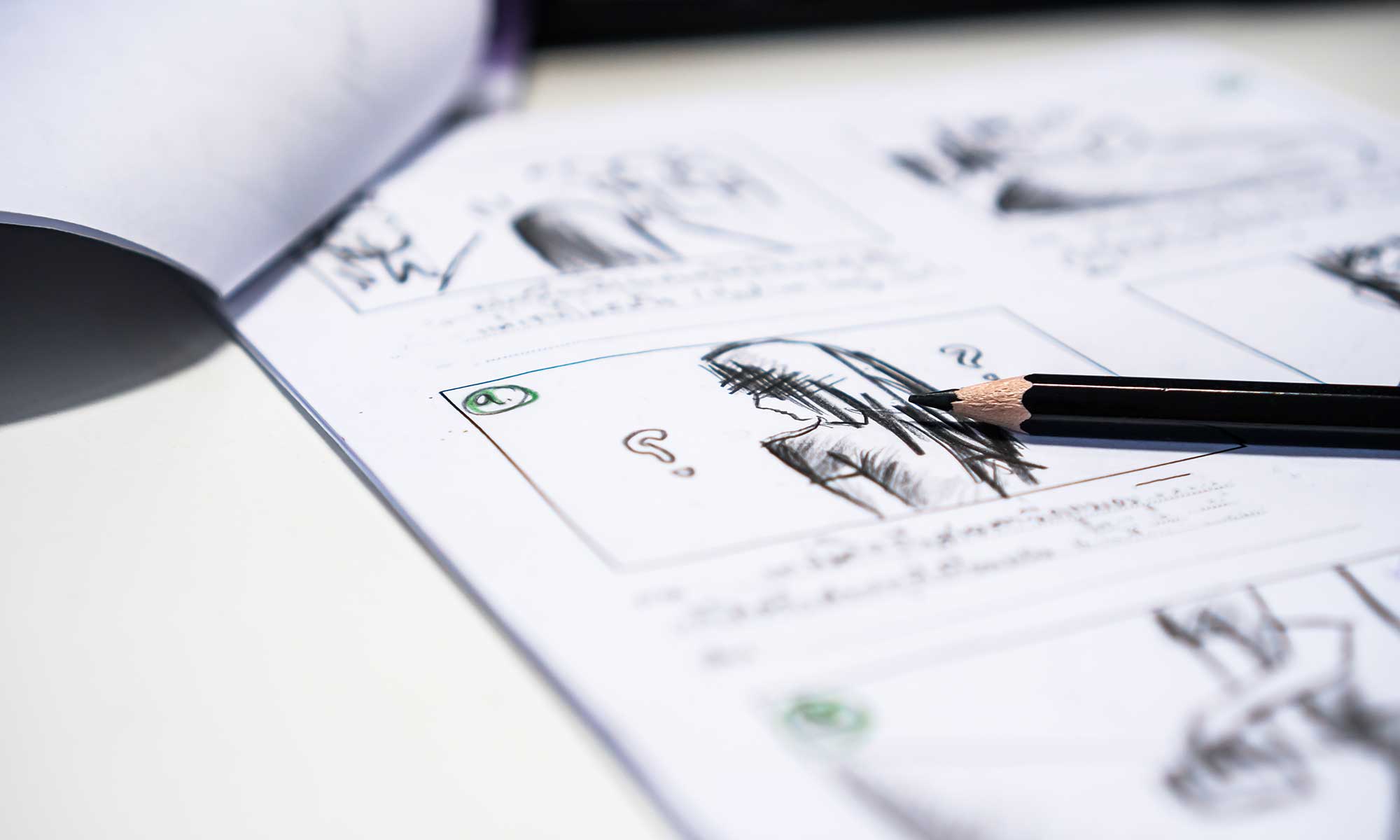Regulatory Update: Clinical Trial Storyboards
26 October 2020

Interactions with health authorities require skillful communication. This quarter our regulatory article discusses the critical need for clear, precise, and consistent communication on the part of site team members in interactions with health authorities and independent auditors. It presents a new approach, Storyboarding, for site members to draw on to improve the clarity of such communication. Accurate and consistent communications from team members is important with the onset of virtual inspections and simultaneous supporting document reviews.
Today’s research team has even less margin of error for poor communication in interactions with health authorities and independent auditors during virtual interviews and simultaneous supporting document reviews. Easing the burden of the inspector or auditor by providing clear, precise, and consistent information throughout the virtual visit or via on-line communication is not only good practice for achieving the desired outcome but may also help avoid unnecessary findings.
COVID-19 related Shifts in priorities, funding interruptions, unexpected gaps in study data, missed visits, virtual documentation, IP manufacturing delays or issues, as well as changes to the regulatory and industry landscape are all factors that can complicate the development and conduct story of a study. Clear, precise, and consistent communication is one of the best tools in team skills toolbox when dealing with the health authorities or independent auditors in helping to describe or explain site risk mitigations and obstacles.
When a regulatory professional is writing or speaking to a health authority or auditor during a virtual response to on-line questioning or virtual interview, the focus should always be on consistency and clarity to the interviewer(s). Language used in the communication should be precise. Nomenclature, specific terminology, or abbreviations should be consistent throughout. This is crucial to reduce the potential for misunderstandings by the reviewer. When and wherever possible, keep the order of information consistent. An approach to do this is by using storyboarding to prepare communications.
I was first introduced to storyboarding in Grade 4 by Mrs. Webb. She read to us the story of the ‘Three Little Pigs’. We all held our breath when the wolf huffed and puffed. After the houses were blown down, the pigs had run off and the wolf, depending on the version, was held at bay or extinguished, the teacher paused. She queried “Is that what really happened? Is that the whole story? What are the gaps? Is that that way it should be told?”. We were broken into groups to tackle the story from the perspective of the: police officer, the wolf, the wolf’s doctor and the fourth little pig who the wolf was very fond of. Then we ‘storyboarded’. Suffice to say the final version agreed upon by the class for presentation to the school, was notably different than James Halliwell-Phillipps’s 1890 version.
Storyboards are used in many industries and across disciplines. The use of storyboarding by Clinical trial teams has recently been popularized. Collaborative team meetings to effectively communicate the understanding around events, to conduct risk planning and mitigation and to address compliance related issues or events are commonly done. Every team member has their own perspective, role specific technical language, procedures, and sometimes it is hard to convey what has occurred. Storyboards are universally understandable, even by fourth graders, and provide a common ground for sharing ideas and for discussing and discovering points of view.
Keep in Mind the Perspective:
In health authority communications, clinical trial teams should consider the perspective or message to be conveyed. But one should also consider the perspective of the intended audience, which could be different that of the qualified investigator sponsor or site personnel.
The purpose of a storyboard at a clinical trial site is too act as a quick reference to avoid additional inquiry or the necessity of extrapolation on a topic. It is commonly used in immediate preparations for an audit or inspection, but it is also used to document events, gaps or issues that are known and identified by the research team as they occur. History is best recorded close to the time of the event.
Storyboarding – a documentation technique that is used as a reference to explain an event or occurrence.
Storyboard – a short reference document, similar to a brief, that is designed in a way that assists in the creation of a factual consistent message that can be used by all team members. It creates a professional response that will quickly address any queries.
Clinical trial team Storyboards do not replace Notes to File in the investigator site file (ISF). Notes to file should only be used in a limited manner and should be associated with the site quality and risk management systems. References and summary of completed corrective or preventative actions (CAPA) plans should be in Note to file documentation.
Storyboards are intended for internal use only. They are the team’s prepared response to complications or issues that have occurred in the study. The storyboard exercise itself is not intended to be provided to an auditor or regulatory inspector while the outcome statements derived from the storyboarding process, are.
Storyboarding to Document the Impact of Covid-19 Pandemic on your Study
Sites are encouraged to use a storyboard to describe how study elements were affected by Covid -19 pandemic. Have you documented the impact at your site? There is a timely opportunity to utilize risk management tools such as storyboarding to document how restrictions related to Covid-19 changed study conduct, the duration of those changes, which trial participants were impacted and how they were impacted. Working in real-time or close to it will alleviate the burden of trying to reconstruct events retrospectively.
The storyboard can outline patient safety, data entry, visit methodology, consenting, changes to operational plans, protocol deviations, shifts in monitoring strategy, some of the elements affected by Covid-19.
Storyboards do not replace what is held in your investigator site file (ISF). They are used to address and explain gaps or issues for future reference. The storyboard provides a pre-developed accurate consistent response explaining the situation and outlining if it did or did not have an impact on participant data, ethics, or safety and what was done to minimize the risk or impact.
Storyboards keep everyone on the team on the same page.
_____________________________________________________________________________
Quick Tips on How to Create an Effective Storyboard
Storyboards can come with a variety of features depending on the requirements of the creators. There are formats with four squares, and then, others six or eight boxes. The effort in choosing the form lies in the hands of the team member and the writer. They should consider the duration and complexity of the event.
Step 1: Organize the Storyline or Concept
In making the storyboard, the first step should be mapping out the storyline. Get the details of the event or issue and make sure all essential elements are present in the Notes. When you have the information, composing the storyboard—particularly on crucial turning points and events—will be an easy thing to complete. If in doubt, contact the study coordinator or qualified investigator for the narrative.
Step 2: Drafting the Stages
Instead of immediately using the form or outlining on the storyboard, you should draft the desired outcome from the viewpoint of the inspector if it is for an audit or inspection. To be more efficient, you can make stages in the progression of the event. From there, start scribbling notes and additional information that will be relevant to the continuum.
Step 3: Check and Critique the Information
When finished, you can check the contents and have the team critique the storyboard. Some recommend that letting team check the material against process and other supporting documentation. That said, be sure that these individuals have access to the storyboard and list down the corrections or additions they have for the document. If none arise, then you can move forward.
Step 4: Add or Take Out Necessary Details
After the feedback from other people, you can redo the storyboard or add the extensions. Remember that there’s always opportunity for improvement when it comes to forming the storyboard. If it lacks information or has little detail, include more. When the contents are too much or irrelevant, take it out.
Step 5: Finalize the Parts
Finalize everything on the storyboard before drafting the final statement. Check whether it needs authorization, approval or endorsement by the QI or Quality or other leadership.
Learn more about Clinical Trials BC:





